Professional bleaching
in Konstanz and Bietingen
Bright white and beautiful teeth: gently whiten teeth with professional power bleaching at our dental practices in Constance and Bietingen near Schaffhausen.
- Modern and gentle procedure
- Experts in esthetic dentistry
- Family practice for 40 years, in 2nd generation
Teeth whitening with professional tooth bleaching at DR. HAGER
Beauty and a healthy appearance have always been a deep human desire.
- The mouth and teeth play an important role in this. A radiant smile immediately catches the eye and is remembered. The color of the teeth is a particularly important criterion.
- People unconsciously infer the age, social status and general state of health of the other person from the appearance of their teeth.
The desire of many people for white teeth can be fulfilled in 1.5 hours by professional tooth whitening at a dentist.
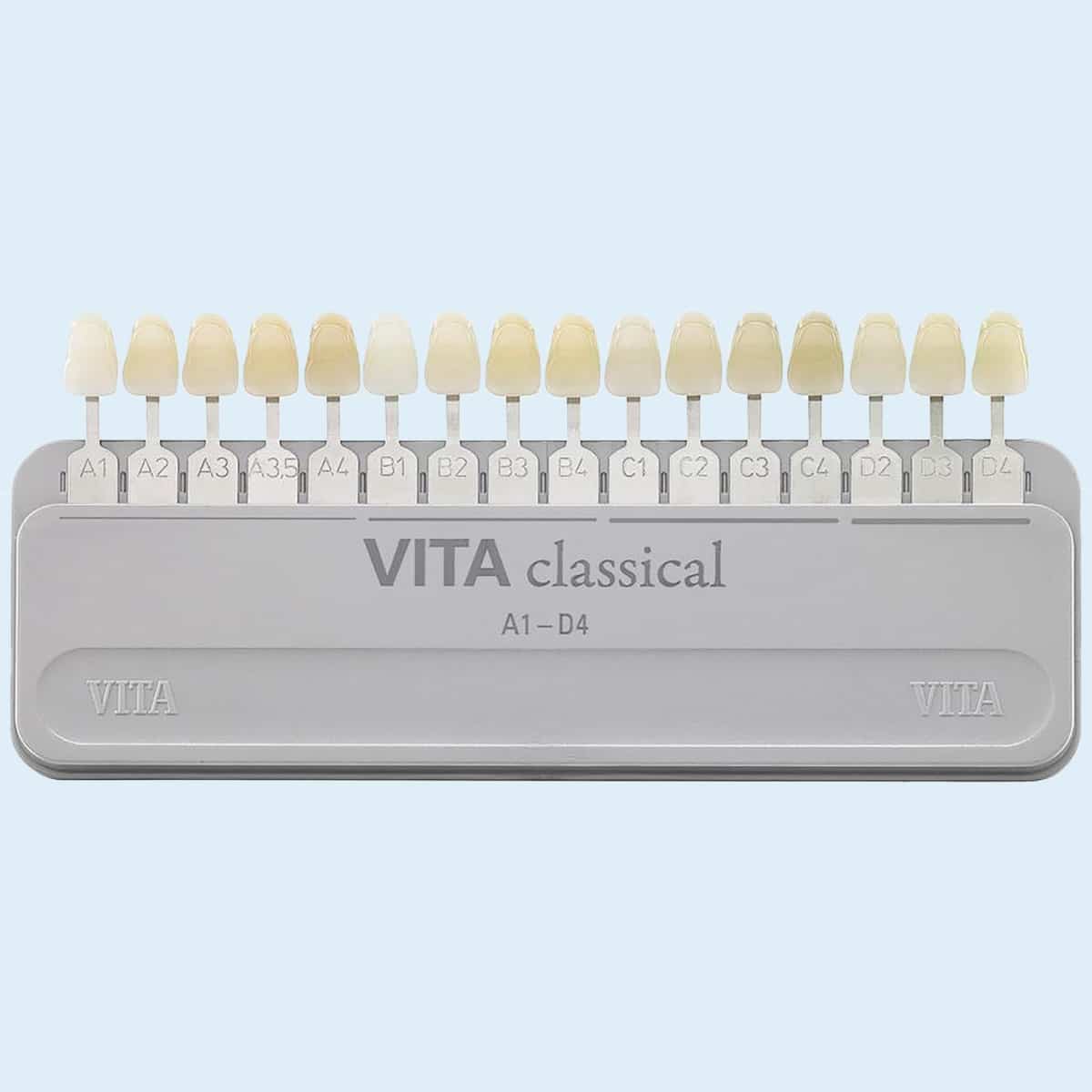
Tooth shades from A1 to D4.
Tooth shade chart (Vita shade guides) for tooth shade determination. Also used in the manufacture of dentures.

“A radiant smile is like a business card – it opens doors and gives you self-confidence. With professional tooth whitening, we can help our patients achieve a radiant smile and boost their self-confidence.”
Irina
How it works

FIRST STEP - Teeth cleaning
Teeth should always be professionally cleaned 3-5 days before bleaching. This is important as otherwise existing plaque will prevent the bleaching agent from coming into contact with the tooth, leading to an unsightly result. During the tooth cleaning, the teeth and gums are thoroughly examined. On the one hand, this is done by visual inspection and on the other hand, x-rays are often used for this purpose. If the examination by a dentist is positive, bleaching can be carried out 3-5 days later.
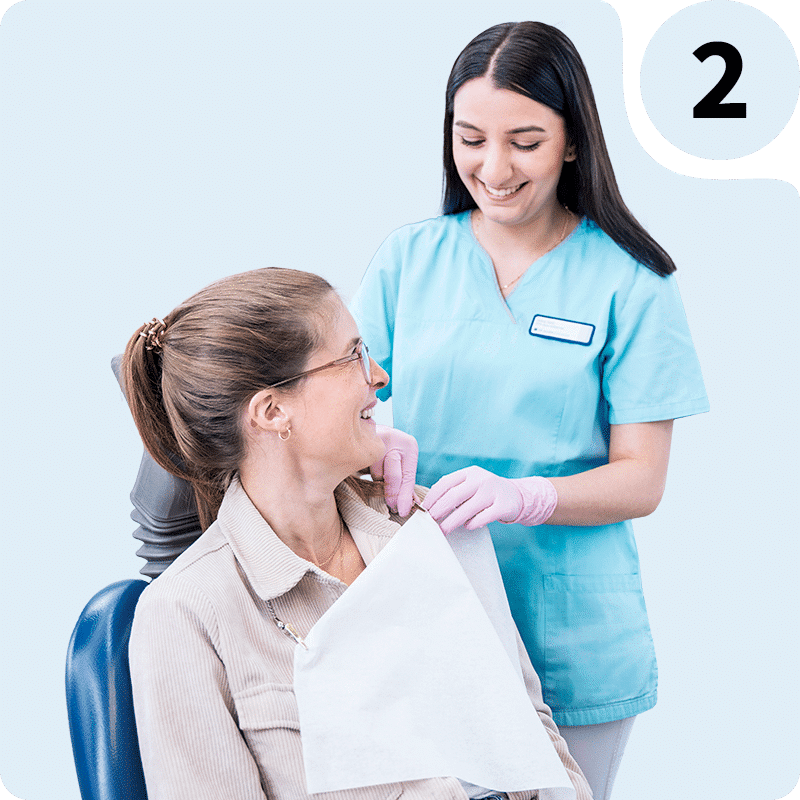
STEP TWO - Bleaching
The whitening treatment usually takes place in 3 phases. During the treatment, patients can relax and lean back, our team will now guide the treatment through the variable 3 phases. Patients can already look forward to their new radiant smile and see it immediately after 60-90 minutes of treatment.
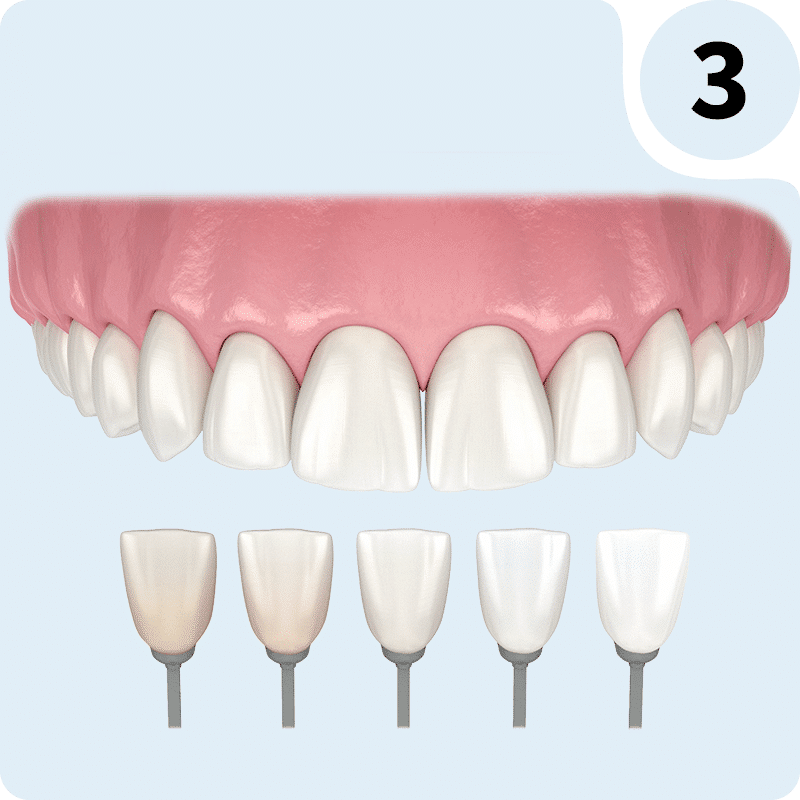
PHASE 1 - Tooth shade determination
After the dentist has checked the condition of the teeth, the shade is determined together with the patient using a shade guide to ensure that the final esthetic result is harmonious.
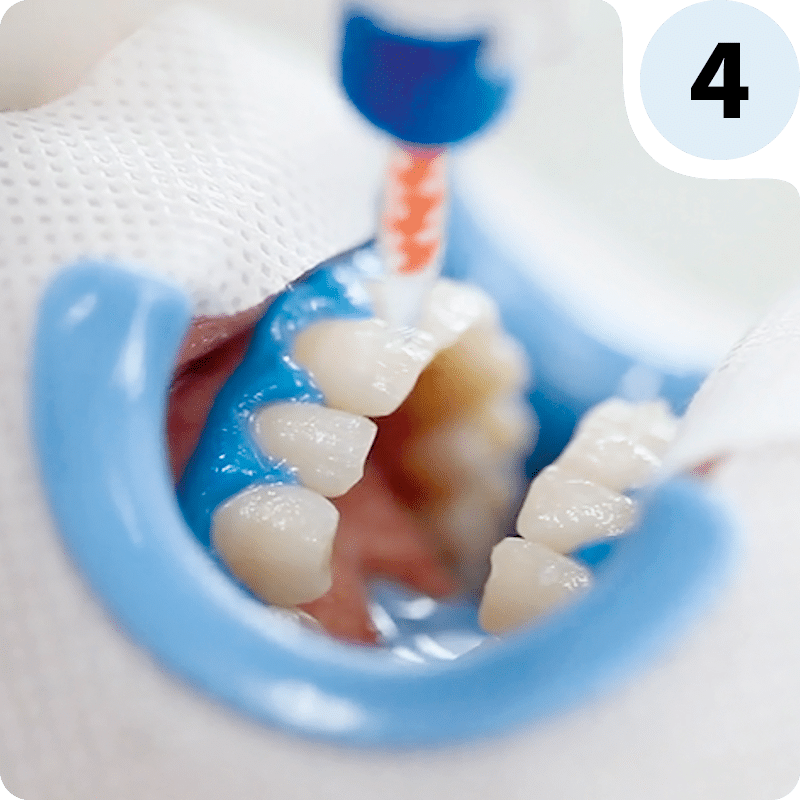
PHASE 2 - Gum protection
The bleaching agent is very aggressive. To protect the gums from damage and pain, the next step is to seal them with a protective compound (gum mask) so that no bleaching agent can attack the gums. If the gums are not healthy and bleed quickly, the blood can dissolve this protection and the bleaching agent reaches the gums. This must be avoided and also explains the previous dental hygiene session.

PHASE 3 - The bleaching gel
Discoloration inside the tooth caused by the penetration of pigments from food and/or stimulants cannot be removed by tooth cleaning alone. Such deposits can be chemically dissolved by a highly concentrated bleaching gel by binding with oxygen. The concentration of the medical bleaching gel (36%) is many times stronger than the bleaching products available on the market (5%).
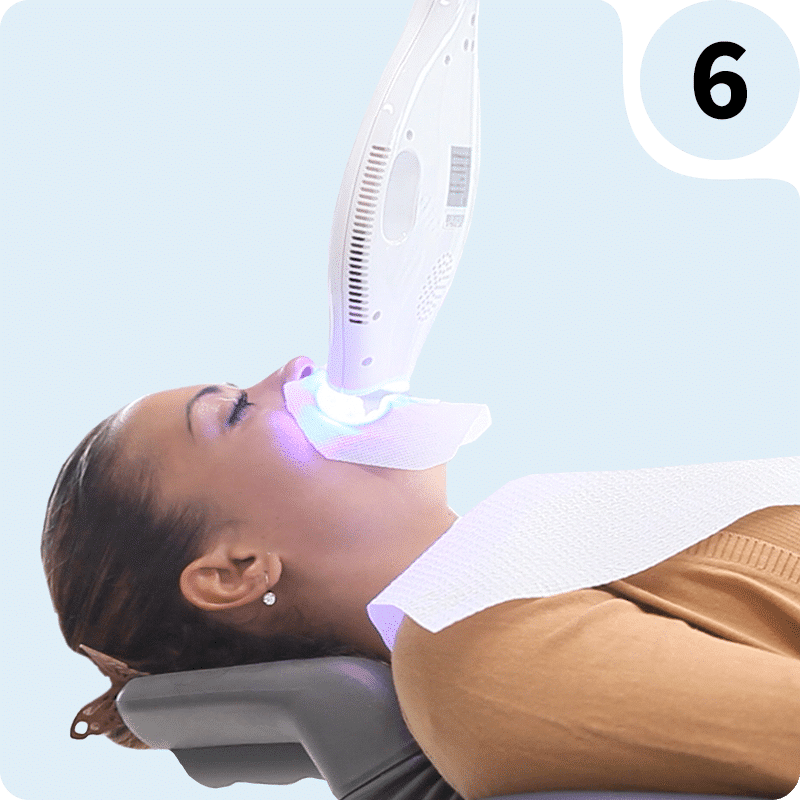
PHASE 4 - Activation
In addition to the hydrogen peroxide, light is used to activate the special gel and increase the speed of the decoloration process. This process takes approx. 15 minutes. Phases 3 and 4 can be repeated up to 3 times, depending on the desired whitening effect. In most cases, a clear effect can already be seen after a repetition of 2 intervals.

FOLLOW-UP - The bleaching result
After and during the treatment, we take time to evaluate the result. The whitening practitioner will then provide information and tips for long-lasting white teeth. Our dental hygienist will also provide detailed information about aftercare.
Professional bleaching with DR. HAGER
Are you looking for an experienced dental practice for professional bleaching to achieve radiant white and beautiful teeth? In our dental practice in Bietingen and dental practice in Constance we rely on a dental hygiene procedure that is as gentle, painless and modern as possible.
Unsightly discoloration of the teeth: External internal causes of tooth whitening
Tooth discoloration occurs due to internal and external causes, but both can be removed by tooth whitening: Root canal-treated teeth are dead and can become unsightly discolored due to the material of the root canal filling. However, blood components and proteins also visibly discolor the dead tooth. The blood is broken down into black iron sulphide and stains the tooth substance a greyish color.
The much more common form of discoloration is the external form. In this case, tobacco, coffee, red wine or tar residues are deposited on the tooth surface. Medication can also contribute to discoloration. Professional tooth cleaning, also known as dental hygiene, usually removes these stains with the help of powder blasting devices or polishing pastes. If this does not help, in-office bleaching is one way to whiten natural teeth again. Talk to your dentist about the possibilities of whitening your teeth or having them cleaned.
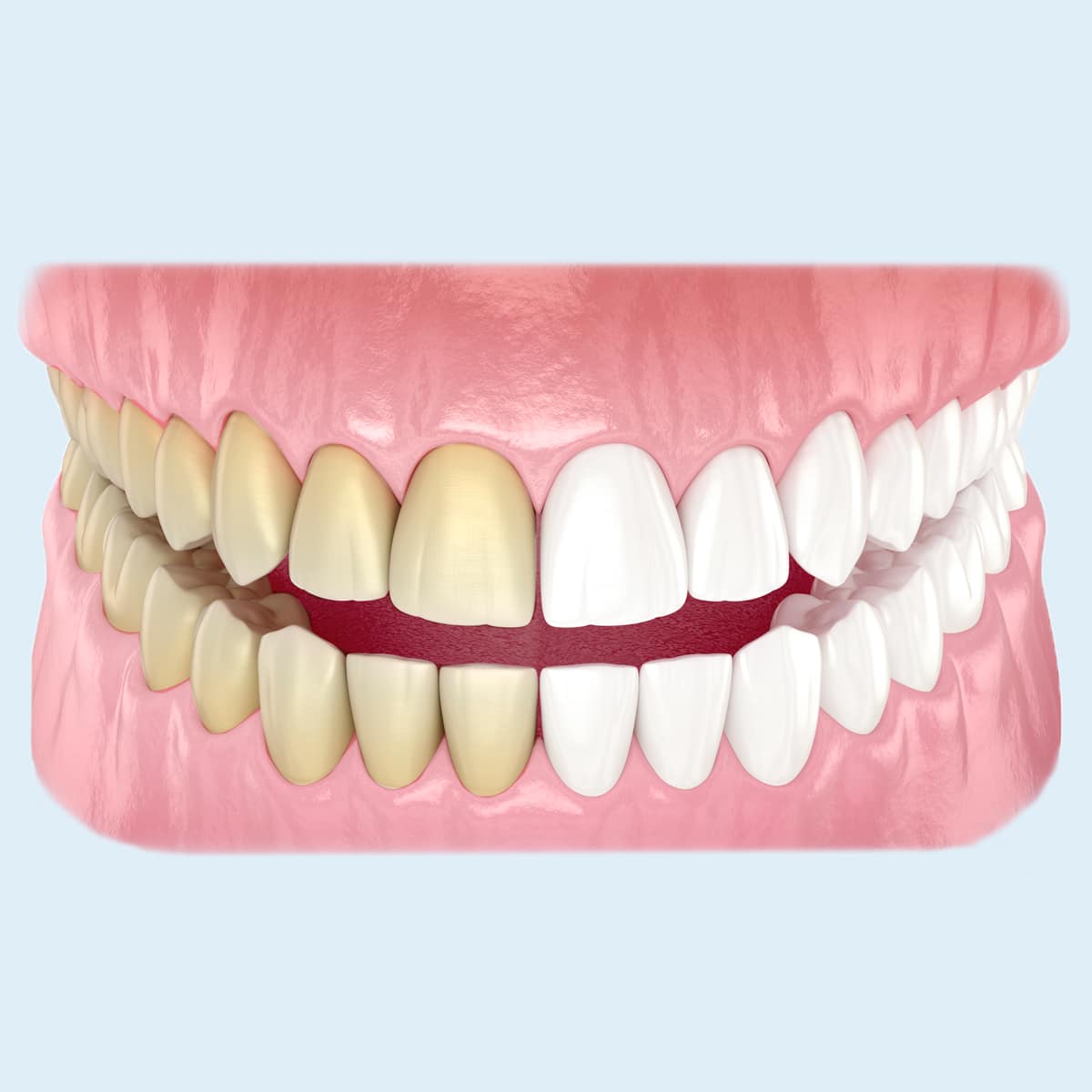
Tooth surface before bleaching. The teeth appear grayish, yellowish discolored.
Tooth surface after bleaching - white and radiant
Bleaching - Gentle professional teeth whitening
- The whitening of teeth (bleaching) usually falls under aesthetic treatment in dentistry. The mouth and therefore the visible teeth are the center of attention.
- Dark teeth, different shades of teeth and permanent color defects are often unpleasant for patients. As a result, the in-office bleaching procedure at the dentist's practice has increased significantly in recent years.
- Many people try teeth whitening themselves with home bleaching products and trays. They often forget that fillings or white mineralization stains can lead to unpleasant surprises after teeth whitening. This is because fillings do not become lighter and mineralization stains become even lighter. It is then no longer possible to go back. A stained end result is avoided by the professional assessment of our dentists, the problem areas are localized before the teeth are bleached and the bleaching process is monitored throughout.
The German Society of Dentistry, Oral and Maxillofacial Medicine (DGZMK) states: “To avoid systemic or local complications, the indication and implementation of whitening therapies must remain in the hands of the dentist.”
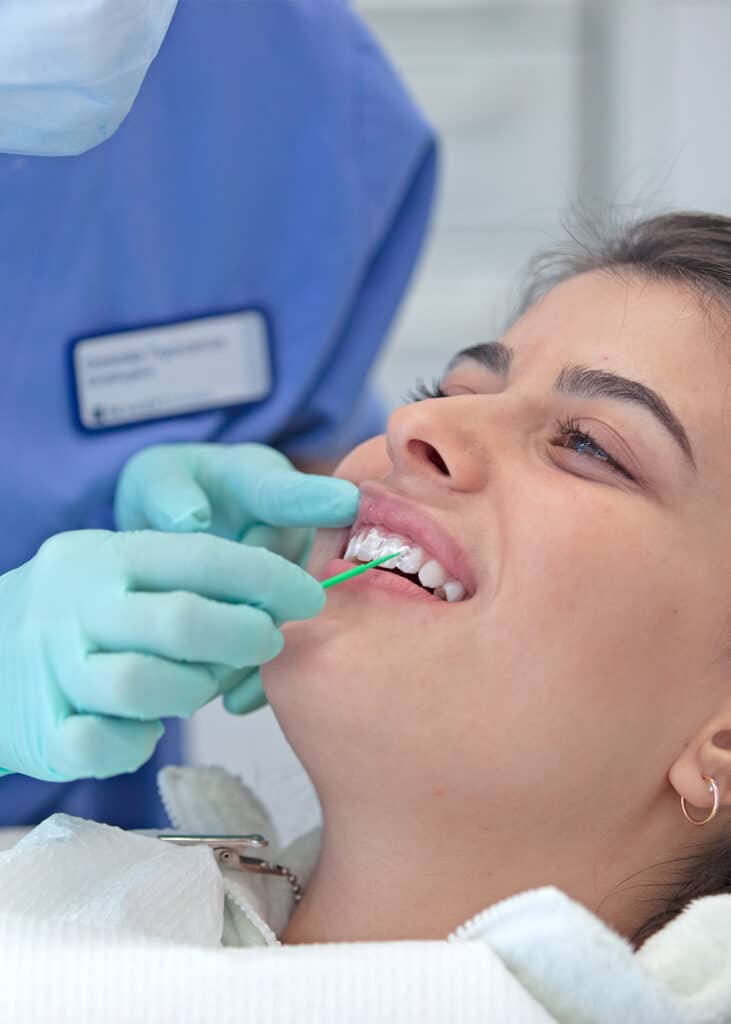
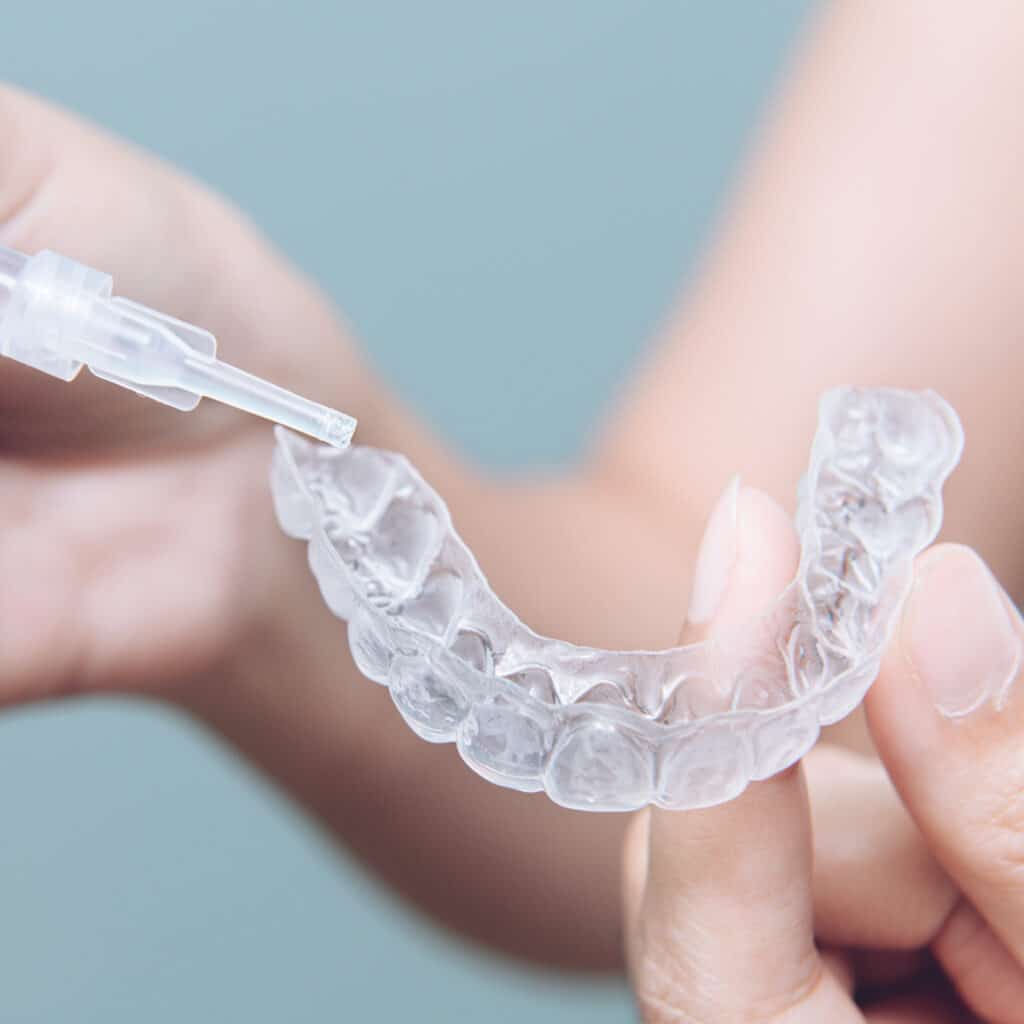
For example, there is the in-office method, which provides interested patients with the desired result:
- The power bleaching method with a bleaching gel and optical booster exposure under dental supervision. Dentists may use a significantly higher percentage of hydrogen peroxide, which removes discoloration more powerfully and thus leads to an ideal tooth bleaching result.
- Over-the-counter tooth whitening gels are less powerful and therefore not as effective as treatment at the dentist.
- The dentistry specialists at DR. HAGER's dental practices in Constance and Bietingen provide the smile of your dreams through tooth whitening: Located close to the Swiss border, it's worth traveling from Zurich, Bern, Basel, Aarau, Winterthur or Thun.
- But patients from Lörrach, Waldshut, Singen and Konstanz also rely on the many years of experience of the dentists at DR. HAGER DENTISTS. The dentists also carry out other aesthetic dental treatments, such as veneers or orthodontic services.
Explanatory video on professional bleaching
After bleaching
Pain
Possible side effects during treatment – tooth neck hypersensitivity: The treatment is normally painless. Some patients may experience increased sensitivity during or after treatment (e.g. “flashes” in the tooth/teeth). Hidden enamel changes may also be revealed. Gum injuries and irritation: Due to ill-fitting gum mask, subsides after 1-2 hours. All side effects usually subside after 1-2 days.

After bleaching
What can I eat after bleaching?
Immediately after the treatment, you should refrain from consuming coloring foods (e.g. carrots, eggplants, tomatoes), curry, drinks (red wine, tea, white wine, coffee, etc.) and tobacco for 1-2 days to ensure that the whitening result remains optimal. After whitening, you should always keep your teeth moist. You should drink a lot. Milk or yoghurt are particularly good.
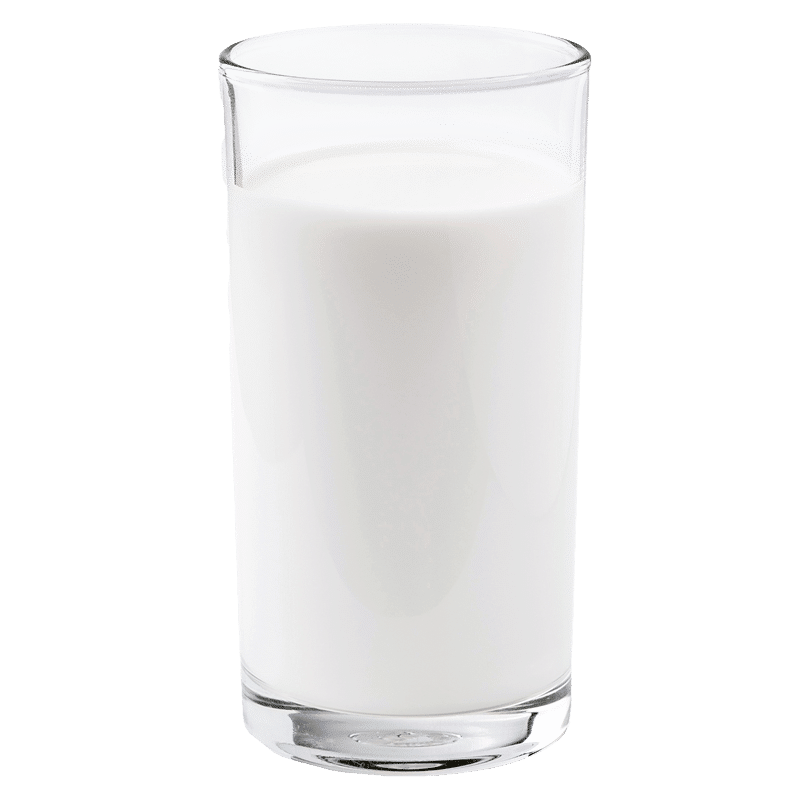
After bleaching
Brush your teeth
After teeth whitening, it is important to practice thorough oral hygiene to prevent plaque and tartar build-up. Use a gentle toothpaste for sensitive teeth, clean regularly with a soft toothbrush and dental floss and reduce the consumption of coloring foods. Regular check-ups at the dentist help to monitor the effectiveness of bleaching. Good oral hygiene not only contributes to the long-lasting effect, but also to the general health of teeth and gums.
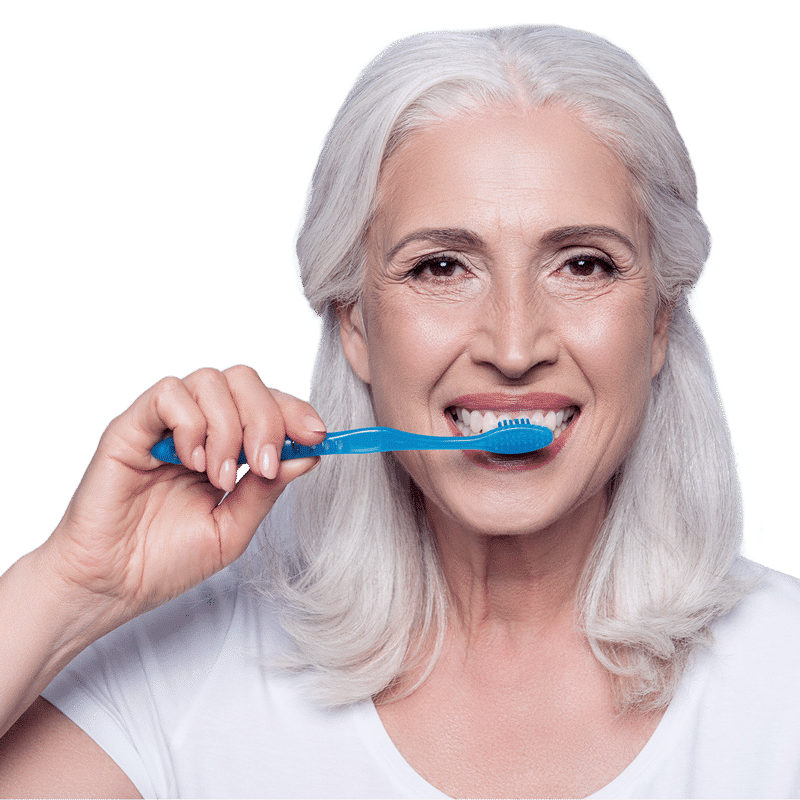
After bleaching
Miscellaneous
Do not be disappointed if a darkening process takes place after 1-2 days. The teeth will darken 4-5 weeks after the end of treatment. Only then should any fillings that need to be replaced be redone.

Frequently asked questions about bleaching
How does bleaching work?
In the first step, a special gel is applied to the surrounding gums for protection. The lips and tongue are covered with a foil. The dental hygienist then applies the bleaching material to the tooth surface and enamel, which has been cleaned days before. The bleaching gel is then activated using a special lamp. This process takes about 15 minutes. The bleaching gel is then removed, a new portion is applied and this process is usually repeated three times. Afterwards, the tooth color is many shades lighter with this method. It’s that easy to achieve your goal. Your reward is a radiant, bright smile with white teeth in less than an hour.
Is a preparatory treatment before bleaching useful?
A dental examination before bleaching is very useful so that any unknown problems with the teeth to be bleached can be identified and treated. Otherwise, the bleaching gel could penetrate the tooth enamel excessively and cause pain. Existing fillings, veneers and crowns should also be assessed, as they could possibly interfere with the later, lighter shade. In general, the teeth are first cleaned before bleaching so that all deposits are removed and the bleaching medication can reach the tooth surface.
How harmful is tooth whitening?
Numerous studies have shown that these procedures are harmless in healthy teeth. Dentin, enamel, surfaces of fillings and veneers suffer no damage and the inside of the tooth (pulp) also remains intact.
How long does tooth whitening last?
In general, whitening lasts for two to five years. Of course, it also depends on what foods you eat. Red wine, coffee and black tea are examples of foods that discolor the tooth. Nicotine also shortens the effect of tooth whitening.
What needs to be considered after tooth whitening?
You should avoid discoloring foods such as beet, grape juice, ketchup and coffee for the first 48 hours after bleaching. You should also avoid apples, citrus fruits and acidic drinks, as these acids can lead to tooth sensitivity.
Is bleaching at the dentist painful?
No harmful UV light is used in tooth whitening or bleaching. Thanks to an effective filter, the irradiated area does not heat up significantly. The treatment is therefore painless and sometimes only causes sensitivity in sensitive teeth. In rare cases, temporary irritation may occur on the same day after bleaching.
Can I whiten my teeth at home?
Yes, but home bleaching uses a lower concentration of bleaching agent. This means that it cannot provide the same result as power bleaching in the dental practice. Manufacturers are not allowed to sell the high concentrations that ensure a good result over the counter, as there is no professional supervision. Another disadvantage is that the result is not uniform, as the bleaching agent does not reach the entire tooth surface due to deposits on the teeth. Only an initial prophylactic treatment at the dentist can help here. The biggest disadvantage of home bleaching is that restorations in the form of fillings, inlays or crowns cannot be whitened and often lead to unsightly results. Once whitened, the only solution is often to replace all old restorations such as crowns, veneers or fillings.
How much does it cost to whiten my teeth?
The cost of bleaching with the Power Bleaching method in our practice is 390 euros. This includes all products. Professional teeth cleaning is not included in the price. We do not work with a tray for our patients at home. The bleaching gel is applied directly and individually and achieves whitening in under an hour. In the meantime, the color whitening that has already taken place can be assessed.
How long does tooth bleaching take?
Teeth whitening takes about an hour. However, you will need a consultation and teeth cleaning beforehand.

We look forward to seeing you!
If you have any questions or would like advice on teeth whitening, we will be happy to help you over the phone. The easiest way to make an appointment for professional bleaching is via our online appointment booking.
We look forward to your visit!

and the Dr. Hager team